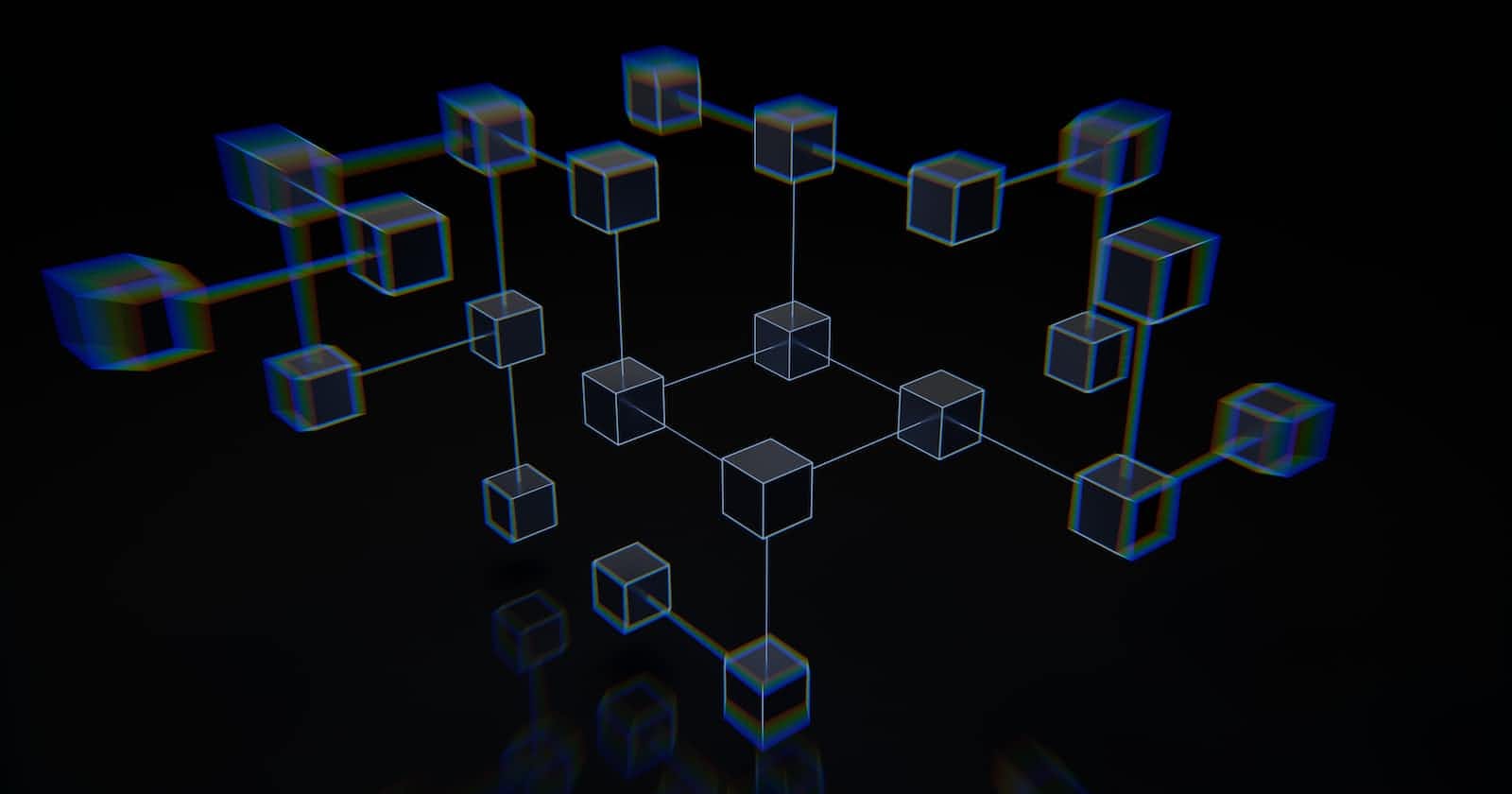Simply put, a blockchain is a shared database or ledger. Pieces of data are stored in data structures known as blocks, and each node of the network has a replica of the entire database.
Need of BlockChain
The goal of blockchain is to allow digital information to be recorded and distributed, but not edited. Before the advent of blockchain, it is very difficult to create and distribute online currencies because of security concerns. Bitcoin was the first cryptocurrency that uses the concept of blockchain, which is found very reliable due to which blockchain came into consideration.
How does blockchain technology work?
Blockchain has 3 basic elements
Data - Data or Transactions in blocks
Nonce - A number used once to find the solution to the blockchain problem.
Hash - a hash in the blockchain is a number permanently attached to the nonce. For Bitcoin hashes, these values must start with a huge number of zeroes (i.e., be extremely small).
What Is a Miner in Blockchain?
Miners create new blocks on the chain through a process called mining.
In a blockchain every block has its own unique nonce and hash, but also references the hash of the previous block in the chain, so mining a block isn't easy, especially on large chains.
Miners use special software to solve the incredibly complex math problem of finding a nonce that generates an accepted hash. Because the nonce is only 32 bits and the hash is 256, there are roughly four billion possible nonce-hash combinations that must be mined before the right one is found. When that happens miners are said to have found the "golden nonce" and their block is added to the chain.
What Is Decentralization in Blockchain?
One of the most important concepts in blockchain technology is decentralization. No one computer or organization can own the chain. Instead, it is a distributed ledger via the nodes connected to the chain. Blockchain nodes can be any kind of electronic device that maintains copies of the chain and keeps the network functioning.
Applications of blockchain
The original concept behind the invention of blockchain technology is still a great application. Money transfers using blockchain can be less expensive and faster than using existing money transfer services. This is especially true of cross-border transactions, which are often slow and expensive
Non-fungible tokens, or NFTs, are commonly thought of as ways to own the rights to digital art. Since the blockchain prevents data from existing in two places, putting an NFT on the blockchain guarantees that only a single copy of a piece of digital art exists.

